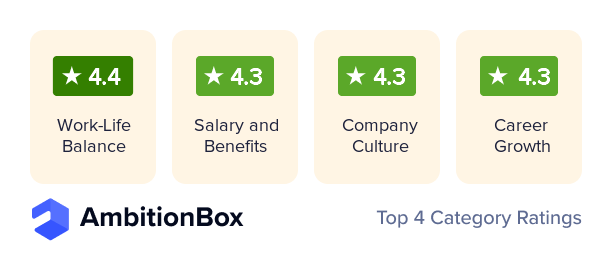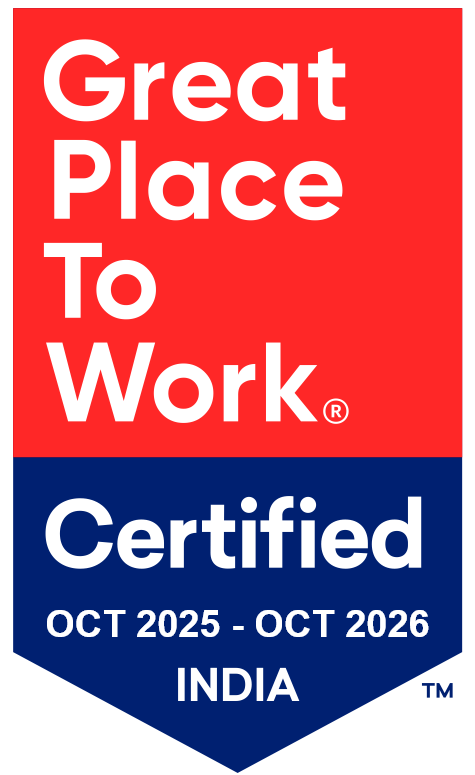Mobile recruiting, also known as on-the-go-recruiting brings together the best of user experience (UX) design, app functionalities, a mobile-first approach, instant communication systems and of course, recruiting. The talent acquisition/recruitment industry has, like many other industries, been both impacted by the advent of newer technologies and has also been flexible in terms of adopting many of these technologies as they evolved.
The staffing and recruitment space is not immune to the advances made in the ‘Digital’ space. In fact, a combination of market forces – competition, time to market, and the proliferation of digital-enabled devices such as tablets and mobile phones have ensured that digitization of the recruitment function have moved up on the priority list of hiring teams and staffing & search service providers.
Candidate Experience powered by Mobile
Digital channels are being viewed as enablers to achieve better candidate experience (also known as CandE) just like the concepts of customer-centricity and customer experience (CX) on the business side. Mobile job searches is picking up; job apps and/or mobile-optimized websites are helping candidates to engage seamlessly with potential employers, finding them easier to use with a quicker average response time-frame. Studies show that candidates are more likely to read and respond to messages and notifications on job apps than drafting email messages that typically take more time. Virtual assistants and bots powered by process automation (RPA) is making it easier for candidates to engage with their potential employers.
On the other side, recruiters are able to speed up their processes and communication with the candidates. In a candidate-driven market, speed is of utmost importance – add to that the fact that close to 70% of all candidates are passive in nature as against just 30% who are actively seeking jobs or looking for a change. Reaching out to the candidates quickly, including those with niche skills in different technologies, has become a business need. Enriching mobile recruitment experience is one of the top digital priorities for hiring teams/recruiting companies. Candidates tend to read messages on mobile first than on other devices. With higher quality of interface and UX design, recruiting companies/teams can drastically improve the qualitative and quantitative aspects of their businesses.
What is driving the fast adoption of mobile recruiting?
Research shows three factors are important – large scale smartphone reach/penetration, availability of candidate information across social media platforms, and tools/technologies that encompass capabilities to derive and integrate information and data from multiple platforms to build candidate profiles. In a scenario of talent war amidst falling unemployment averages, the shortage of candidates can be fulfilled with innovative thinking, building perspectives, and aligning talent acquisition goals with those of the overall business goals. It is not enough to just have a mobile- friendly website, HR teams/recruiters also need to get their hands on to tools that can help deriving better recruiting results.
Mobile recruiting involves optimizing the available recruitment channels and prioritizing the ‘Mobile First’ approach in recruiting. It generally involves a focused strategy, a mobile-optimized career site and an efficient but easy communication system backed by and a well- integrated ATS/recruitment software. From a candidate point of view, web-page responsiveness, and ease of use are the deciding factors.
Challenges Vs. Metrics - a starting point
A convenient starting point for organizations and hiring teams can be identifying the challenges faced by candidates while applying for jobs on portals and the metrics that need to be tracked for measuring performance. The changing nature of technology and its use in recruitment and the changing face of the global workforce (more Millennials than GenX and Baby Boomers) is altering the levels of candidate engagement with technology. As per Talentnow, 59% of the candidates are using mobile actively to search for jobs and 52% of the candidates are applying for jobs on mobile when they are presented with an ‘Apply’ option. Below is a snapshot highlighting the challenges faced vis-a-vis recruitment metrics:
Sl. No. | Challenges faced | Recruitment Metrics |
1 | Longer application process – unable to hold attention of the candidates, seeking to ask too many questions | Average time spent by the candidate at each stage |
2 | Lack of form-fill/parsing feature despite resume/professional profile import option | Visitors to applicants (%), applicants to interviews, offers to hires, average days-to-hire etc. – are there large number of drop-offs with large variations compared to the industry? |
3 | Irregular email notifications – acknowledgment, interview re/schedules and position filled etc. | Response time at each stage, notifications |
4 | Inability to connect/follow-up with a recruiter | Simple, easy to use communication channels |
Scale of mobile recruitment - the trends
As per a research conducted by Pew, 96% of Americans own a mobile phone and 81% of those who own a mobile phone have a smart phone. Now, sample the following data:
- The aggregate mobile job searches have crossed the 1 billion mark in the US
- 23% of all keywords searched on mobile devices contains the word ‘job’
- Close to 90% of job seekers use a mobile device to search for jobs or even while researching a new opportunity.
Are your systems geared up for the challenge? Data shows how engagement across digital platforms and devices are on the up- a large chunk of that is on mobile and tablets.
Here are some of the key trends in mobile recruiting in 2019:
1. Mobile – the emerging primary recruitment source
One of the three most important mobility trends as borne out by a report by T-Mobile for Business, Mobility is seen as a key disruptor and an influencer that can simplify hiring practices. It argues that mobile solutions (also known as on-the-go recruiting) can not only “locate, access and hire the right talent, they also reinforce a company’s ability to attract high-value talent.” Integrating mobile apps can substantially widen the candidate pool, enable easier communication, schedule interviews just through a mobile device. Mobile recruiting is expected to not only track hiring outcomes but also influence them.
2. Reworking the career website
At the heart of a higher candidate experience score and satisfaction index is a mobile-optimized career site. Organizations need to pay attention and focus on making their career websites as fast and responsive as they would like their corporate website to be. 6 out of 10 candidates find it convenient to search for and save jobs on the mobile-optimized website and later apply to it on a desktop/laptop.
3. Mobile apps – recruiting for the future
Despite all the technological advancements and the proliferation of social media, it is estimated that just 8% of companies worldwide use mobile apps for recruitment. LinkedIn Recruiter, one of the most popular apps with more than 400 million professional users has recently launched TalentHub, its applicant tracking system (ATS). It has also launched its newly designed LinkedIn Recruiter Mobile App with integrated LinkedIn Talent Insights within LinkedIn Recruiter & Jobs. Some of the other top rated recruitment mobile apps are Workable, Monster, Jobr (since acquired by Monster), Shapr, JobSnap etc.
While the seemingly endless potential of mobile recruitment is fast catching up with the recruiting community, there are some headwinds that may crop up. Any organization that is trying to cobble together a coherent mobile recruitment strategy needs to be aware of the potential pitfalls:











